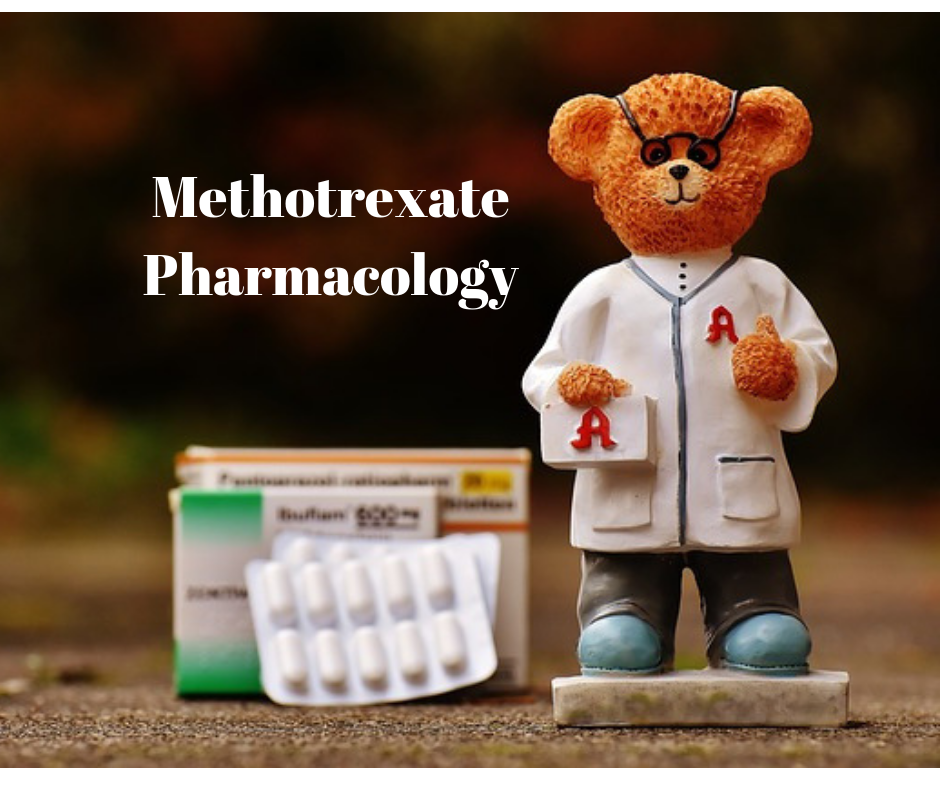Podcast: Play in new window | Download (Duration: 11:50 — 16.8MB) | Embed
Celecoxib is easy to remember as its mechanism of action is “COX”-2 Inhibition. This can result in result in reduced prostaglandin formation and help with pain and inflammation.
Kidney function is important to monitor in our patient on celecoxib. It is especially important in patients taking ACE inhibitors, ARBs, and/or diuretics.
While GI bleed may be less likely with celecoxib compared to traditional NSAIDs like indomethacin and ibuprofen, it still needs to be monitored for.
Digoxin concentrations may be increased with the use of celecoxib.
Celecoxib is generally dosed twice per day as the half-life of the drug is in the ballpark of 10-12 hours.
Be sure to check out our free Top 200 study guide – a 31 page PDF that is yours for FREE!








